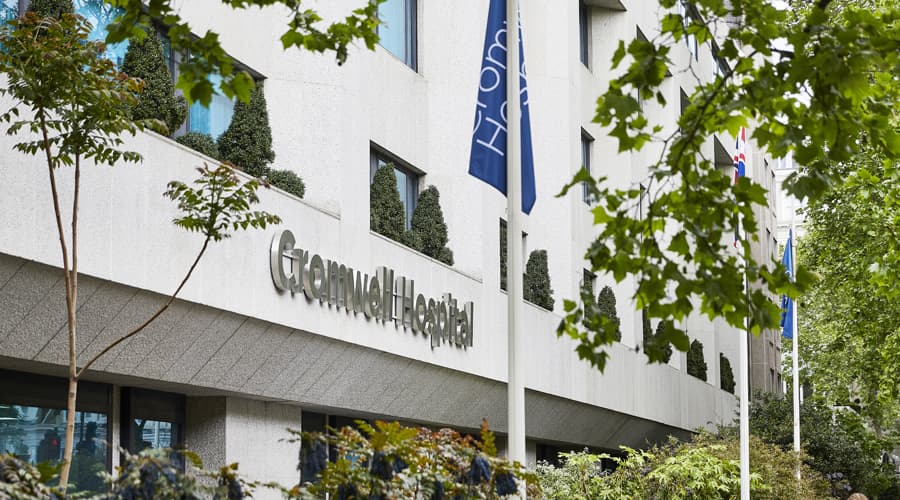SLAP tear
A SLAP tear is a tear in the shoulder at the point where the bicep tendon attaches to the labrum.
About
Your shoulder is made up of three bones – two of which form a ball-and-socket joint. The 'ball' is at the top of your upper arm bone (humerus) and the 'socket' is a dish in your shoulder blade (scapula).
The socket in your shoulder blade is called the glenoid, and is lined with a thick, fibrous tissue called the labrum. This tissue helps to stabilise the joint, and acts as an anchor point for the tendon from your arm and the ligaments in your shoulder.
SLAP stands for Superior Labrum Anterior Posterior – meaning the top part of the labrum. A tear at the point where the bicep tendon attaches to the labrum is known as a SLAP tear.
Causes of a SLAP tear
SLAP tears can be caused by injury or overuse. Some of the most common causes include:
- a fall onto an outstretched arm
- forceful pulling on the arm, such as when trying to catch a heavy object
- rapid or forceful movement of the arm when it is above the level of the shoulder
- shoulder dislocation
- repeated overhead sports activities, eg throwing, weightlifting, tennis
- wear and tear over time
SLAP tears due to wear and tear are most common in patients over the age of 40.
Symptoms of a SLAP tear
The common symptoms of a SLAP tear are similar to many other shoulder problems. They include:
- a sensation of locking, popping, catching, or grinding
- pain with movement of the shoulder or with holding the shoulder in certain positions
- pain with lifting objects, especially overhead
- decrease in shoulder strength
- a feeling that the shoulder is going to "pop out of joint"
- decreased range of motion
Diagnosis of a SLAP tear
Your consultant will start by getting a description of your symptoms and a medical history. They will then find out your range of movement, strength and stability of your shoulder with a series of physical tests.
Your consultant will almost certainly decide that imaging is necessary to complete the diagnosis:
- X-ray: used to rule out any other problems in the joint, such as arthritis or fractures.
- MRI: used to pick up soft tissue damage, such as a tear in the labrum or in the tendons.
Treatment of a SLAP tear
Non-surgical treatment
Anti-inflammatory medication such as ibuprofen can reduce pain and swelling.
Your physiotherapist can give you exercises to stretch the shoulder capsule (strong connective tissue that surrounds the joint) and improve your range of motion. You will also be given exercises to strengthen the muscles that support the joint, which can relieve pain and prevent further injury.
If the non-surgical treatment doesn't improve the symptoms, or you have a severe tear, you may need surgery.
Surgery
Using keyhole (arthroscopic) surgery, your surgeon will make small cuts and carry out the operation using a tiny video camera and monitor.
Depending on the type of tear, your surgeon may:
- remove the torn part of your labrum
- stitch the damaged section back in place
- cut the bicep tendon attachment
After the operation, you will usually have to wear a sling for two to four weeks. You will then be given physiotherapy exercises to help regain mobility.
Paying for your treatment
We welcome both self-paying and insured patients.
Self-pay patients
We offer several ways for patients to self-pay, including pay-as-you-go and self-pay packages.
Insured patients
At Cromwell Hospital, we accept private health insurance from most major providers, including AXA, Aviva, Bupa, and Vitality.
Our locations

Book an appointment today
Our telephone lines are open 8am to 8pm Monday to Friday and 8am to 2pm Saturdays.
Alternatively, fill out our appointment request form and we'll be in touch shortly.
Please note - regrettably we are unable to answer specific medical questions or offer medical advice via email or telephone.
